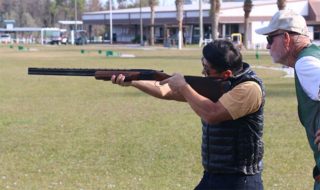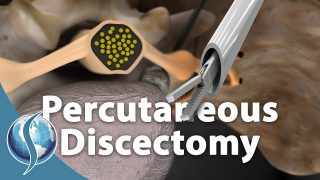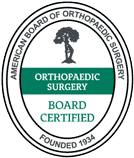Spinal Stenosis
Spinal Stenosis
Patients with spinal stenosis often do not present with pain. The main complaint is walking intolerance. Typically, patients can walk only certain distances, then must sit down. When patients are in a flexed position, they have more tolerance to activities. The classic example is a patient who leans over a shopping cart in a supermarket, and can therefore walk for an unrestricted amount of time. In patients with spinal stenosis, spinal extension, causes increased narrowing of the space for the thecal sac and the nerves. Conversely, with flexion (leaning over a cart), the space is increased for the thecal sac and the nerves. Over time, patient’s just naturally begin to ambulate in a forward flexed position.
Over time, as the stenosis progresses, there is potential for irritation of the nerves as they exit the spinal canal. This leads to a radicular component as well as the spinal stenosis.
Upon initial presentation, option should include low impact aerobic activities to increase tolerance. Non Steriodal anti-inflammatory agents can decrease nerve inflammation, and inflammation associated with degenerative facet joints. By decreasing the inflammations, the space for the nerve effectively increase. Oral corticosteroids can also be utilized. Epidural steroid injections have been utilized for patient’s with a radicular component.
The vast majority of spinal stenosis patients will accommodate their symptoms with help of the above interventions.
If patients do not improve, the risks, and benefits of surgical options can be explored. Bear in mind, surgical success depends on medical comorbidities, extent of the spinal stenosis, and also the expectations of the patient. Often times, the proper recommendation is continued nonsurgical care.
For further information please see SPINE ANIMATIONS on spinal stenosis.
Last modified: October 22, 2019









